What is a thermal energy storage device?
A thermal energy storage (TES) device is a system that stores energy in the form of heat for later use. The concept of thermal storage is not novel and has been applied in the steel making industry for a long time. TES can be used to store energy, in the form of heat, in industrial process and space heating / cooling applications without the need to convert it back to electricity.
TES devices typically consist of an insulated container or tank that is filled with a storage material that can absorb and release heat energy. The material used for the storage medium can be a solid, liquid or gas.
During the charging phase, the TES device absorbs thermal energy from a source such as the electricity grid, waste energy from industrial or solar collectors. The stored energy can then be used when needed during the discharge phase to provide heating or cooling, or to generate electricity.





